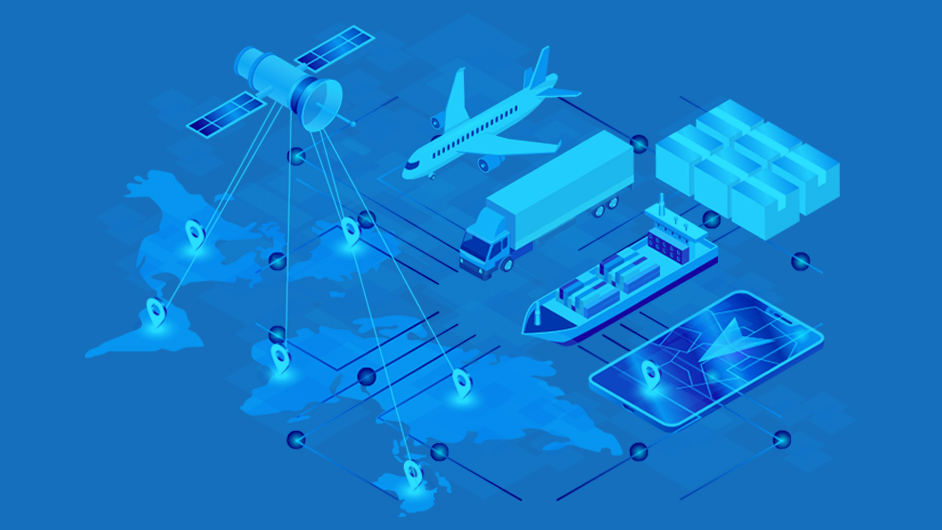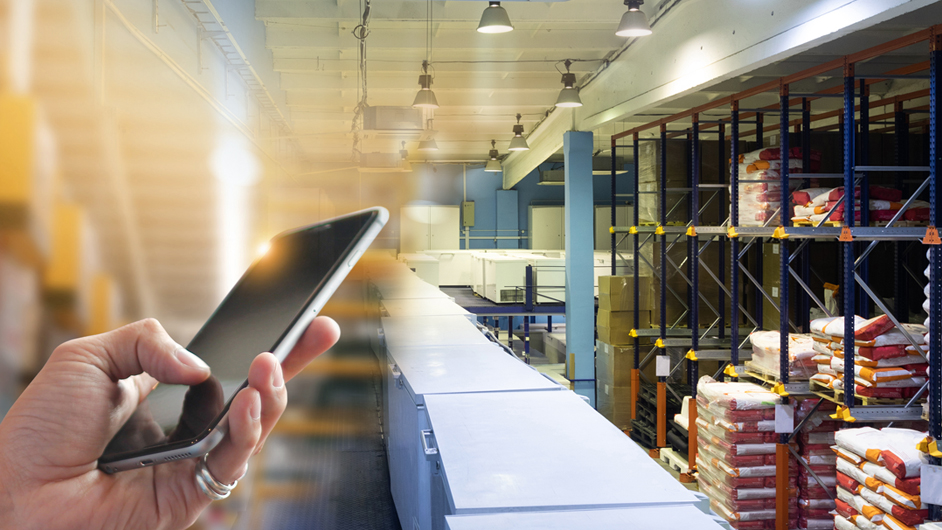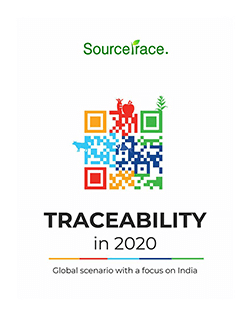Digital solutions for warehouse and cold chain management

The time has come to re-design Warehouse and Cold-Chain management using transformative technologies. Ensure greater food safety and flexibility with our innovative solutions.
New trends and technologies have disrupted the global supply chain. Supply-chain Traceability plays an increasingly important role in the food industry warehouse and cold-chain management. According to a report by LogisticsIQ, India, the market is expected to exploit its potential to $75+ billion by 2030. Technologies like IoT, Artificial Intelligence, Big data, Blockchains have shown vast possibilities for the years ahead.
Critical problems that troubled the Warehouse Management Systems (WMS) got attention only recently, around 2018. With the advancement in other consumer-driven supply chain initiatives, the warehouse managers gave a serious thought to cater to market pressures and demands and how new technologies can assist in decentralizing the warehouse and cold chain management for the food supply chain.
Centralized Vs Decentralized Distribution Networks
The traditional network that the industry was aware of is the Centralized distribution network. It is a model wherein shipments are transported to a central warehouse or location in full load quantity. They are later consolidated from various suppliers and then delivered to distribution centers based on the demand in that area.
The entire process is complex, time-consuming, and costly. Impact of the labour shortages, tracking, and traceability across the geographical locations, monitoring industry standards and compliances, and the need to meet product demands with less inventory at the distribution facilities were the problems the Warehouse managers had to address. For the food supply chains, the level of complexity is double-layered, i.e. traceability of the origin and maintenance of the environmental condition of the warehouse and cold chains depending on the nature (perishable/non-perishable) of food products. If the shipment is delayed, it leads to wastage of tons of food which results in losses.

Over the past few years, the companies have begun to adopt an innovative approach to WMS and cold chain management to optimize the cost of labor and transportation, the complexity of operational processes, and enhanced security.
They have realized that a decentralized supply chain approach combined with technologies such as the IoT has brought the products closer to the end customers based on the volume of the order in a particular area. Digitization of warehouses has not only helped in eliminating risks, but also facilitated in lesser delays, improved efficiencies, and restoring the trust of farmers as well as the end-customers. The farmers too can demand better prices for their produce with resources available at their disposal.
Transforming Technology
We have witnessed an evolution in technology. If we compare agri-tech in 2018 to date, the major interest areas of the Warehouse and the Cold-Chain managers have been towards mobile technology and wearables,voice-enabled tech, and Cloud-based systems.
The ability to track and trace products inside and outside of the warehouse, using smart barcodes, RFID’s have resulted in improved analytics for data driven decisions.
The ability to run 24/7 operations in multiple geographies, coupled with IoT, Artificial Intelligence, and Big Data has come to the mainstream in the management of global supply chains.
Blockchain traceability and the use of Robots in warehousing is a scenario soon to become common.

With growing awareness and research, companies like SourceTrace are coming up with innovative solutions by combining technology innovation that offers greater flexibility and functionality to dominate the market with less human involvement, thus ensuring greater safety of food initiating from the production level itself. IoT based smart warehouses are making accelerated progress. Traceability using IoT enabled devices has led to identifying the right opportunities for achieving greater operational efficiency by helping the stakeholders track products from farm to fork across the global supply-chains in real-time.
Benefits of implementing digital technologies
In the food supply chain, the most beneficial industries would be Agriculture, Food & Beverage, Restaurant Chains, and Food manufacturing facilities. The technologies help in various ways including:
-
Real-time monitoring Technologies such as IoT have helped prevent food decay and wastage. Preserving the item, transportation, compliances have become easier to handle and monitor.
-
Organized Inventory With IoT sensors, the movement of any product can be tracked. Stocking the inventory has never been easier. Abnormal movements, suspecting a theft can be tracked as well. The systems also send regular alerts about the expiry of the product to ensure that it is moved out of the facility well-in-time.
-
Data-backed decision-making Technologies such as AI and big data have helped the key stakeholders involved to make decisions based on accurate real-time data. Data-driven decisions are quick to make and also ensures transparency within the supply chain.
-
Automation As the processes become automated, the businesses are moving towards a more sustainable environment with less carbon footprint. Process automation has positively impacted the operational efficiency that has led to an improvement in service delivery.
-
Monitoring storage conditions Maintaining and monitoring temperature depending on the nature of the product is crucial. Smart devices automatically adjust to the temperature. Not only in cold-chains but the temperature can be in check during the shipment as well. The temperature can be managed by the logistics manager remotely.
-
Reduced labour With processes being automated, the use of robots in extreme conditions, and drones for last-mile delivery, it has led to contactless management and delivery of products to the end-user. The need to involve a lot of staff in daily processes has been reduced significantly.
Digital transformation is driving immense value for businesses with increased profitability and ROI. With the recent furtherance, utilizing available resources to the fullest while minimizing wastage, detecting and taking corrective measures for anomalies within the warehouse or cold-chain, controlling storage conditions, managing demand and supply of a particular area and ensuring safety and hygiene to win the trust of the customers has become a smooth and easy process. Digitalization is a continuously evolving phenomenon and is witnessing a rise, even more so during the pandemic of COVID19, where businesses will move to contactless digital models.
Learn more about SourceTrace solutions here
SourceTrace's software solutions have been deployed across 37 countries and 4 continents already. We are on a mission to make agriculture and food systems more sustainable. Get in touch and we will extend our expertise and commitment to you.
Request a Demo



